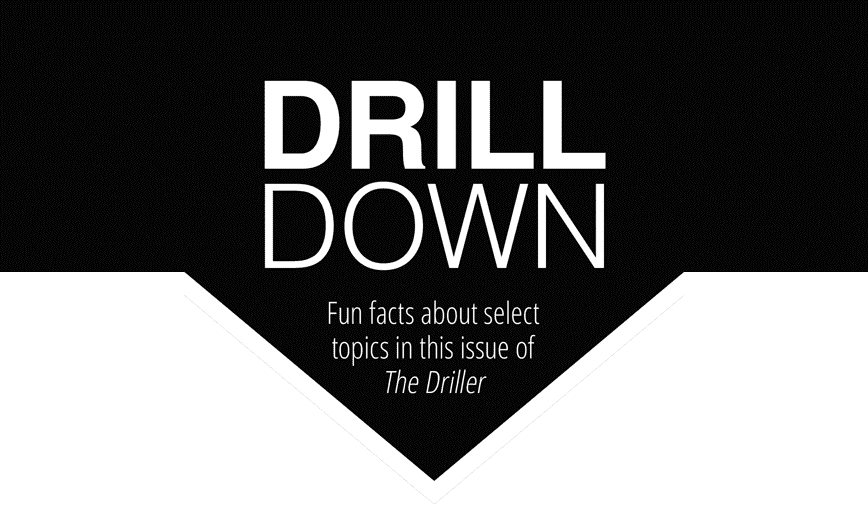Drillers, Do you Have a “Retire-able” Margin?
Have you built your company to keep building? Buddy Sebastian thinks a lot about how small drilling contractors like his can make and sustain profit. That conversation, he says, starts with a thorough examination of business costs.
“Don’t just figure out what the pump and tank cost,” Sebastian says. “Figure out what it costs you per man, per day, per hour, per foot — whatever it is.”
Sebastian joined me and cohost Brock Yordy on our Drilling In-Site video and podcast series for a two-part episode. We wrote up part of that interview for this month’s magazine to share some of the highlights. Sebastian has a lot to say about how to shape your business so that major cap-ex gets priced in from the start.
“Each individual driller is going to be a little bit different,” Sebastian told us. “But … if they take the math and apply it on the business side like they do to the drilling side — figuring out how deep they are and how much casing and all those — they can really get pretty sharp.”
Drilling, in this respect, shares the DNA of most other businesses: figure out costs — all of them, add a livable margin and price accordingly. Sebastian emphasizes all costs: everything from consumables to the light bill, to estimates for equipment maintenance and planned upgrades, to employees and health plans. Figure out a system and metrics that work for you. Break it down by foot-drilled, man-hour, rig-hour or project. Once you have baseline costs, add in a margin that makes sense for you and your company. Sebastian calls it a “retire-able” margin. Remember, drilling is a specialty service. Price accordingly.
Regular check-ins with costs and the margin goals needed to survive and thrive help business owners steer their companies. Cost of a consumable go up? Shop around different vendors where it makes sense. Is your margin flat year-over-year? Look into adding a higher-margin service to make more money with your existing fleet.
EDITOR'S NOTE
Jeremy Verdusco
verduscoj@bnpmedia.com


The minimum uphole velocity, in feet per minute, required to effectively remove solids using water-based fluids. In this month’s feature, writer Brock Yordy talks about the science and physics of fluids.
The hourly cost, in dollars, of a new $800K drill rig spread out over 10 years at 40 hours a week — and that’s just replacement, not maintenance and tooling. Buddy Sebastian talks to “The Driller” this month about rig buying.
The number of miles crews might have to drive for replacement parts and tooling in areas Stuart Smith’s company works in Tanzania. We talk to him about water projects there.
The height, in feet, above which fall protection would be required, according to general industry standards. This month, columnist Dave Bowers talks guardrails and fall prevention tactics.
The number of best practices offered by columnist Jessica Alexander for maximizing on-the-job training. This month, she writes about ways to grow your drilling career

150
38.46
400
4
5
Taking a look at your company’s costs may seem dull, but it’s critical to getting your pricing (and your profit) right. Source: Getty Images

I see another advantage to getting a handle on costs and the rest of your numbers: simple peace of mind. You’ll know if your company makes money or doesn’t. You’ll know that, when it comes time to upgrade that old rigor pump truck, that you’ve already accounted for it because that’s the kind of company you’ve built. It’s sustainable. It’s ready for major expenditures years before they arise, because you’ve already priced it in.
I encourage you to click over to our interview with Sebastian. He has a lot of tips for making business work. You can also see a video of our full conversation here, or listen to the podcast here.
Don’t want to examines costs and prices, or even try to revisit them once a year? Price too low or ignore rising costs, and you risk slowly transitioning to retirement as a Wal-Mart greeter. Wouldn’t you rather price right starting now and know your hard work will pay off?
What do you think? Do you regularly revisit costs and the margin you need to charge to thrive? Do you face changes in your area adjusting pricing for your services. Send an email to verduscoj@bnpmedia.com.
Stay safe out there, drillers.
